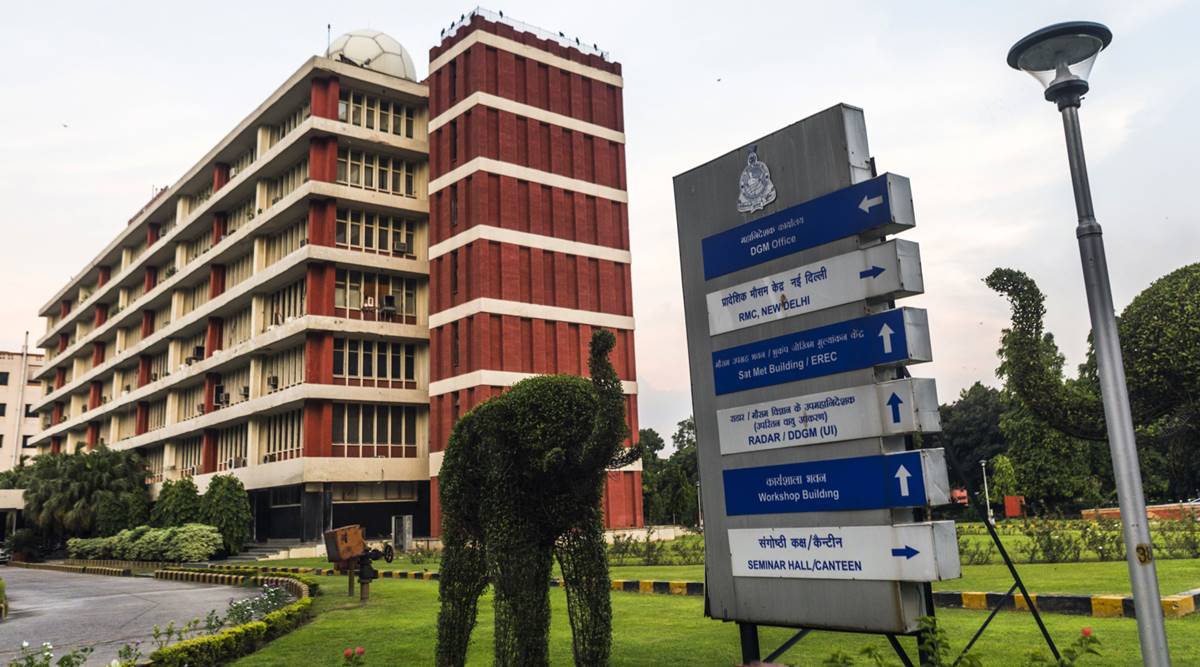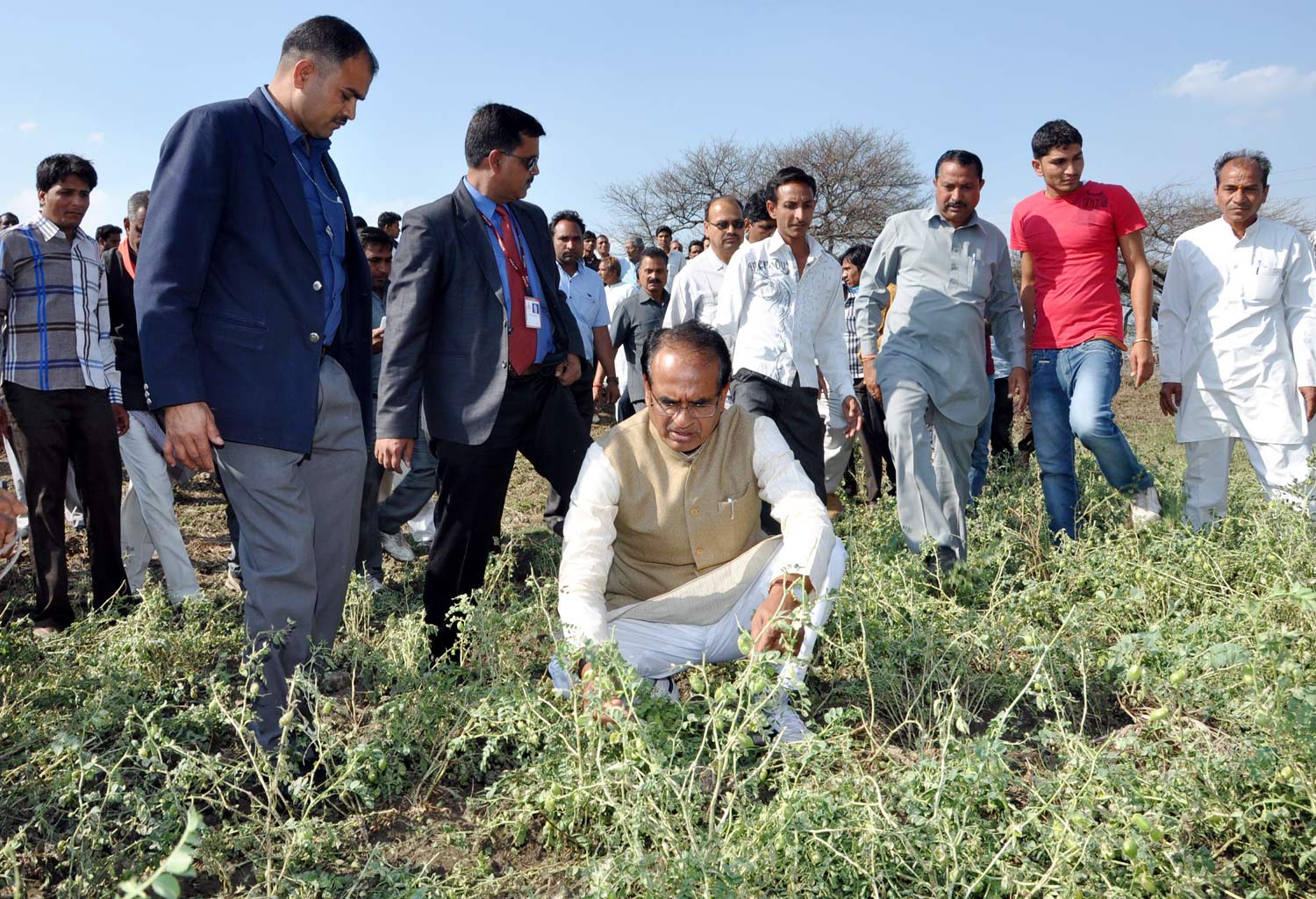IMD: India’s monsoon season, which plays a critical role in the nation’s economy, is expected to unfold with varying patterns across different regions, according to the India Meteorological Department (IMD). With 51% of India’s farmed area relying on rain-fed agriculture, accounting for 40% of the country’s production, the monsoon’s performance holds significant importance for both farmers and the overall rural economy.
The IMD has projected below-normal monsoon rainfall of less than 92% of the long period average (LPA) in northwest India, accompanied by an error margin of +/-4%. In contrast, the rest of the country is anticipated to experience normal monsoon rainfall. The overall forecast indicates that the monsoon is expected to be within the normal range at 96 to 104% of LPA, based on historical rainfall data from 1971 to 2020. Furthermore, the northeast, central, and south Peninsular regions are likely to witness normal monsoon conditions, ranging from 94 to 106% of LPA.
IMD Forecasts Crucial Monsoon for India’s Economy Amidst Varied Rainfall Projections
The head of IMD’s Environment Monitoring and Research Centre, DS Pai, highlighted the influence of climatic phenomena such as El Nino and the Indian Ocean Dipole (IOD) on monsoon patterns. In an El Nino year, subdued rainfall is typically observed in northwest and central India, while above-normal rainfall is expected in the northeast. Pai emphasised the potential compensation of monsoon rainfall due to a positive IOD, although he cautioned that this compensation may not occur in northwest India.
The projected below-normal monsoon rainfall in northwest India raises concerns for the agricultural sector in the region. To address this, the IMD recommends the implementation of a regional plan based on their forecast, which includes extended-range and short-range predictions. Additionally, the IMD issues advisories to farmers and maintains regular communication with relevant ministries to provide updates on the monsoon outlook.
For the month of June, the IMD forecasts below-normal rainfall at less than 92% of LPA, with only specific areas in south peninsular India, northwest India, extreme north, and isolated pockets in the northeast expected to receive above-normal rainfall. June is also anticipated to witness above-normal temperatures across most parts of the country, except for certain areas in the extreme north and parts of the southern peninsula, where temperatures are expected to be normal to below normal.
The IMD highlights the high probability of El Nino conditions persisting throughout the monsoon months, extending into the following year. El Nino is characterised by anomalous warming of waters in the eastern equatorial Pacific and is often associated with warmer summers and weaker monsoon rains in India. Conversely, a positive IOD, denoting temperature differentials between the western and eastern Indian Oceans, is beneficial for the southwest monsoon in India and correlates with a robust monsoon season.
The forecast for the 2023 monsoon season follows a series of La Nina events from 2020 to 2022. La Nina, the opposite of El Nino, is characterised by cooler currents in the equatorial eastern Pacific. These climate patterns have significant implications for the monsoon’s performance and subsequent effects on India’s agricultural sector and rural economy.
As India braces for the monsoon season, the nation’s farmers and the agricultural sector remain vigilant, closely monitoring rainfall patterns and adapting their strategies accordingly. The monsoon’s performance will not only impact agricultural production but also have wider socio-economic implications, considering the significant population dependent on farming for their livelihoods. The nation eagerly awaits the unfolding of the monsoon, hoping for a bountiful season that can contribute to a thriving rural economy.
The IMD’s projections of varying monsoon patterns have raised concerns and triggered preparations across India, particularly in regions expecting below-normal rainfall. The agricultural sector, which heavily relies on rain-fed farming, faces potential challenges in northwest India due to the projected deficit in monsoon precipitation. With 51% of India’s farmed area and 40% of its production dependent on the monsoon, the implications for the rural economy are significant.
To address the anticipated variations in monsoon rainfall, the IMD emphasises the importance of regional planning and preparedness. Farmers and relevant authorities are urged to take the forecast into account when making agricultural decisions and developing strategies to mitigate the potential impact. The IMD’s extended-range and short-range forecasts serve as valuable tools for farmers to plan their activities in accordance with the monsoon conditions.
Navigating Rainfall Variations: IMD’s Projections Highlight Monsoon’s Significance for India’s Economy
As June approaches, the IMD expects below-normal rainfall, primarily below 92% of the long period average (LPA), with a few exceptions in specific regions of south peninsular India, northwest India, extreme north, and isolated pockets of the northeast that may experience above-normal rainfall. Additionally, above-normal temperatures are expected across most parts of the country, except for certain areas in the extreme north and parts of the southern peninsula, where temperatures are likely to be normal to below normal.
The prevailing El Nino conditions, which signify warmer waters in the eastern equatorial Pacific, pose challenges to monsoon rainfall in India. El Nino years are typically associated with reduced rainfall in northwest and central India, potentially impacting agricultural output. However, there is hope that the positive Indian Ocean Dipole (IOD) can compensate for the El Nino effect. A positive IOD, characterised by temperature differentials between the western and eastern Indian Oceans, is conducive to a fruitful monsoon season and serves as a positive factor for a robust monsoon.
The forecast for the 2023 monsoon season comes after a series of La Nina events that occurred from 2020 to 2022. La Nina, characterised by cooler currents in the equatorial eastern Pacific, has its own implications for weather patterns and can influence the monsoon’s behavior. These climatic phenomena highlight the complex dynamics involved in monsoon forecasting and the need for continuous monitoring and analysis by meteorological agencies.
As the monsoon’s arrival draws closer, India’s agricultural sector remains pivotal in ensuring food security and supporting the livelihoods of millions of people. The ability to adapt to changing rainfall patterns and optimize agricultural practices becomes crucial in mitigating potential risks. The IMD’s forecasts and ongoing communication with relevant ministries aim to facilitate effective planning and provide timely information to farmers and stakeholders.

















